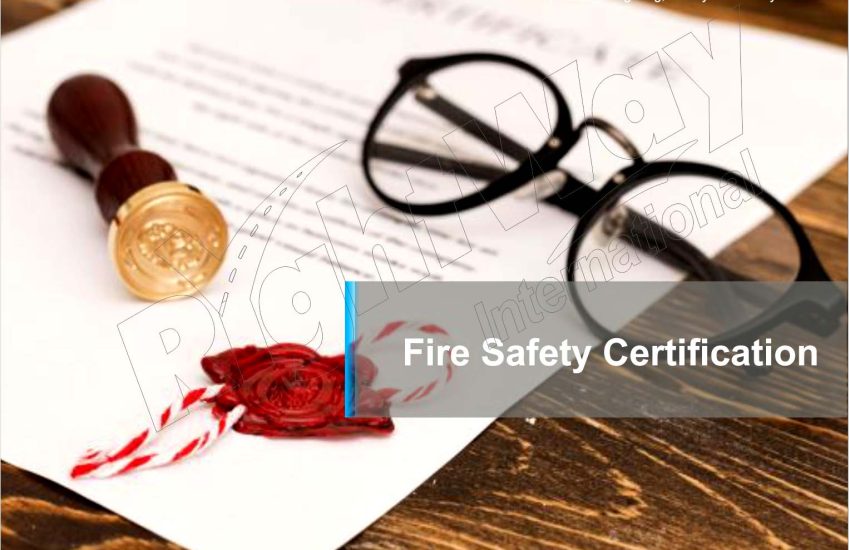Fire Safety Certification is crucial for ensuring the safety of buildings and their occupants. It involves a systematic evaluation of fire safety measures, compliance with regulations, and ongoing education. This article outlines the importance of fire safety certification, the process involved, and key considerations for maintaining safety standards.
Importance of Fire Safety Certification
- Protection of Lives: The main goal of fire safety certification is to protect occupants by ensuring buildings have appropriate fire safety measures.
- Compliance with Regulations: Fire safety certifications assist organizations in meeting local, national, and international regulations, reducing legal risks and liabilities.
- Risk Reduction: Regular assessments and certifications help identify potential fire hazards, allowing for timely interventions to reduce risks.
- Insurance Benefits: Buildings with current fire safety certifications often benefit from lower insurance premiums and better coverage, as insurers recognize reduced risk.
- Public Confidence: Certification shows a commitment to safety, boosting confidence among employees, clients, and the community about the premises’ safety.
The Certification Process
- Initial Assessment: A certified fire safety professional thoroughly inspects the premises, evaluating existing fire safety systems, equipment, and protocols.
- Compliance Check: The assessment reviews compliance with relevant fire codes, standards, and regulations, including fire alarms, sprinkler systems, and emergency exits.
- Documentation: Detailed records of the inspection findings, compliance status, and any necessary recommendations for improvements are documented.
- Certification Issuance: After a successful assessment, a fire safety certificate is issued, confirming that the building meets required safety standards.
- Ongoing Maintenance and Re-certification: Regular maintenance and re-certification are essential to ensure continued compliance. Most certifications have a validity period after which re-evaluation is necessary.
Key Considerations for Maintaining Fire Safety Certification
- Regular Inspections: Schedule routine inspections to identify and address potential fire hazards proactively.
- Training and Education: Offer ongoing fire safety training for employees to ensure they understand emergency procedures and how to use fire safety equipment.
- Upgrade Systems: Keep up with advancements in fire safety technology and upgrade systems to maintain compliance and enhance safety.
- Emergency Preparedness Plans: Develop and regularly update emergency response plans, including evacuation procedures, for a swift and organized response to fires.
- Record Keeping: Maintain accurate records of inspections, maintenance, and training activities to demonstrate compliance during audits or inspections.
Conclusion
Fire safety certification is essential for safeguarding lives and property. By understanding the importance of certification and adhering to the necessary processes and ongoing maintenance, organizations can create a safer environment for all. Prioritizing fire safety not only fulfills regulatory obligations but also fosters a culture of safety and responsibility within the community.


